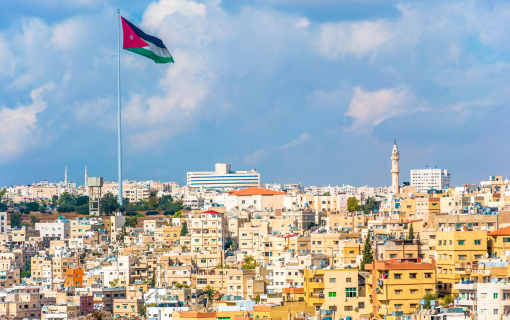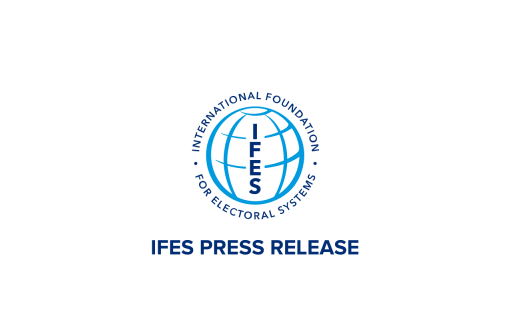Venezuela Election Technology Assessment
Introduction
For the first time in the history of Venezuelan democracy, on December 3, 1995, five simultaneous elections were held for governors, mayors, House of Representative deputies, councillors, and members of the Parochial Boards. All in all, there were 6,000 posts to fill. The election caused a complete renewal of the regional and local governments, these being the state and municipal administrations.
The recent reforms that introduced new electoral systems increased appreciably the voters' participation in relation to the manner in which their government is chosen. These elections had the following special characteristics:
• It was the first time that the governors were elected at the same time as the House of Representatives. In contrast to the 1992 process, only the Assemblies from the states of Delta Amacuro and Amazonas were elected.
• It was the second time that a local election took place prior to a national election;
• It was the second time that the members of the Parochial Boards were elected through a closed and blocked list; and
• It was the third time that the Venezuelan people elected the majority of their regional authorities choosing directly by the candidates' names.
The high abstention rate at the polls was partially attributed to the wide economic crisis in which the country finds itself, due primarily to the over-dependence on the export of petroleum and its derived products.
The results of the contest showed that the two large traditional political parties consolidated themselves, obtaining yet again state and municipal administrations which were lost in the previous elections.
Known to be a country of well-established democratic traditions, with governments elected by the people, Venezuela now faces many problems of political credibility.
Since 1992, the Supreme Electoral Council (Consejo Supremo Electoral - CSE), responsible for election administration in the country, has been at the forefront of sophisticated electoral technology in Latin America. The CSE now employs, in limited scope, a system of automated vote-counting, through electronic scanner technology, known in Spanish as maquinas escrutadoras (vote-counting machines).
In this report, we will describe in more detail the aforementioned technology and its methodology. In addition, we will analyze the electoral results and the various electoral systems and organizations involved. Furthermore, we will review the voter registration, the political parties, the groups of voters that presented "independent candidates", the electoral system, and two of the nongovernmental organizations (NGOs) that collaborated in the development of the electoral process.
Celio Santos de Assuncao, IFES consultant, and Patricio Gajardo, IFES Program Officer, was sent to Venezuela to observe the electoral process and evaluate the automated vote counting. Prior to election day, the team visited the CSE installations in Caracas and met its president, members, and technical personnel. The team also witnessed the setting up of the polling stations and computerized counting equipment, the counting of the ballots, and totaling of results. In addition, the team observed some aspects of voter training and political campaigns.
Starting at 5:30 AM on election day, the team visited polling stations in Caracas and other cities. The following days were spent observing various counting and totaling centers of municipal and principal electoral boards, as well as interviewing the technicians responsible for planning, operating, and managing the automated vote counting.
Read the Full Report.









